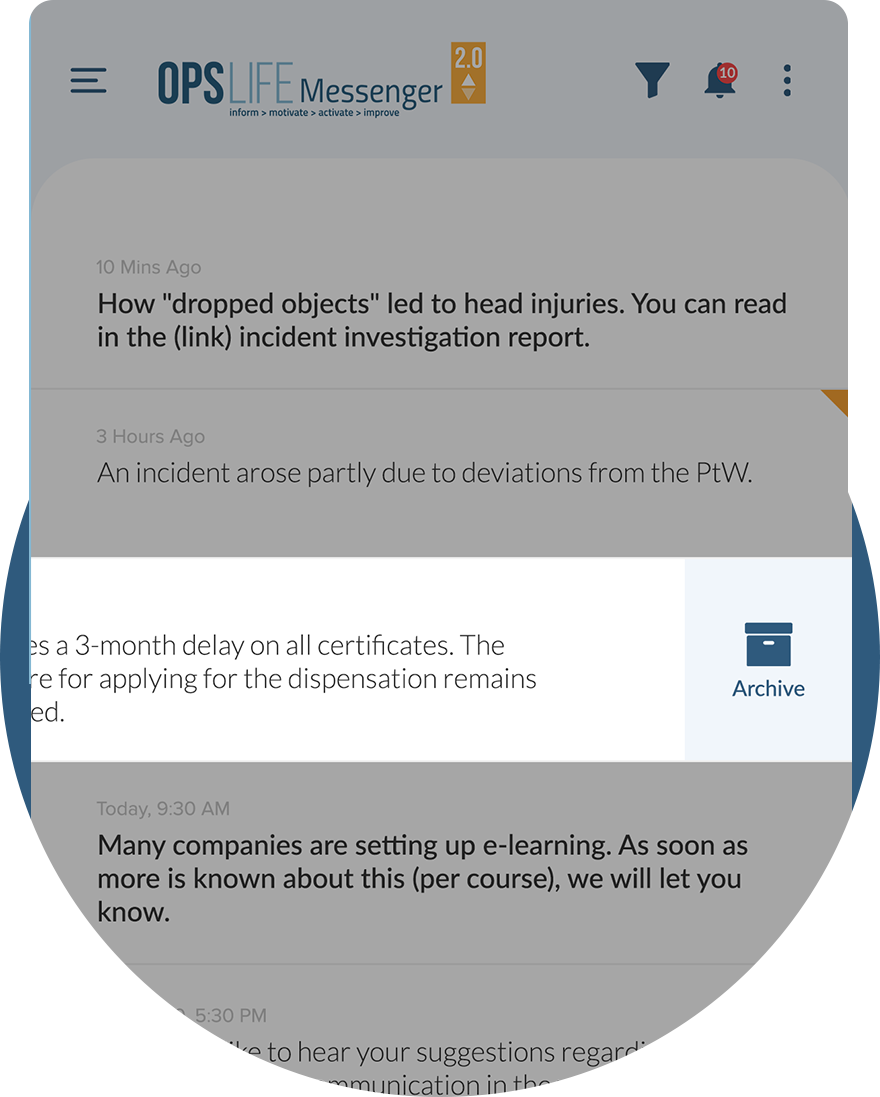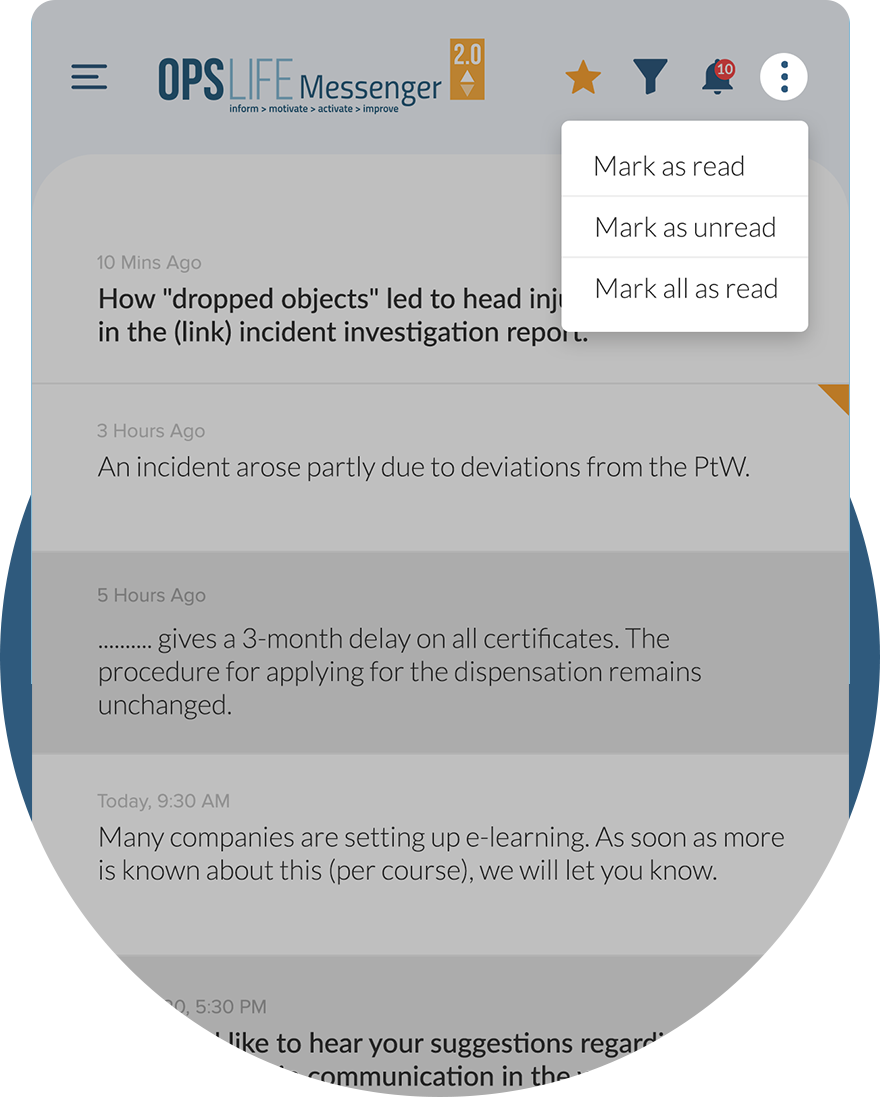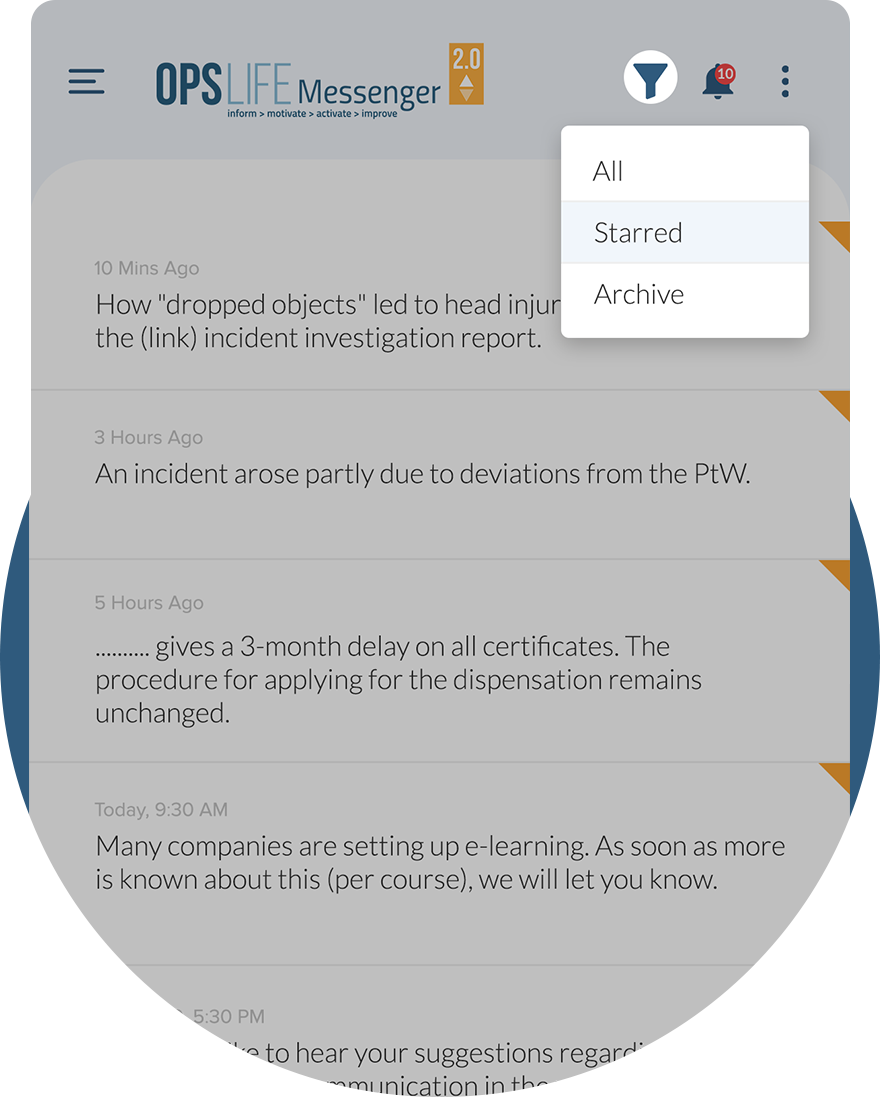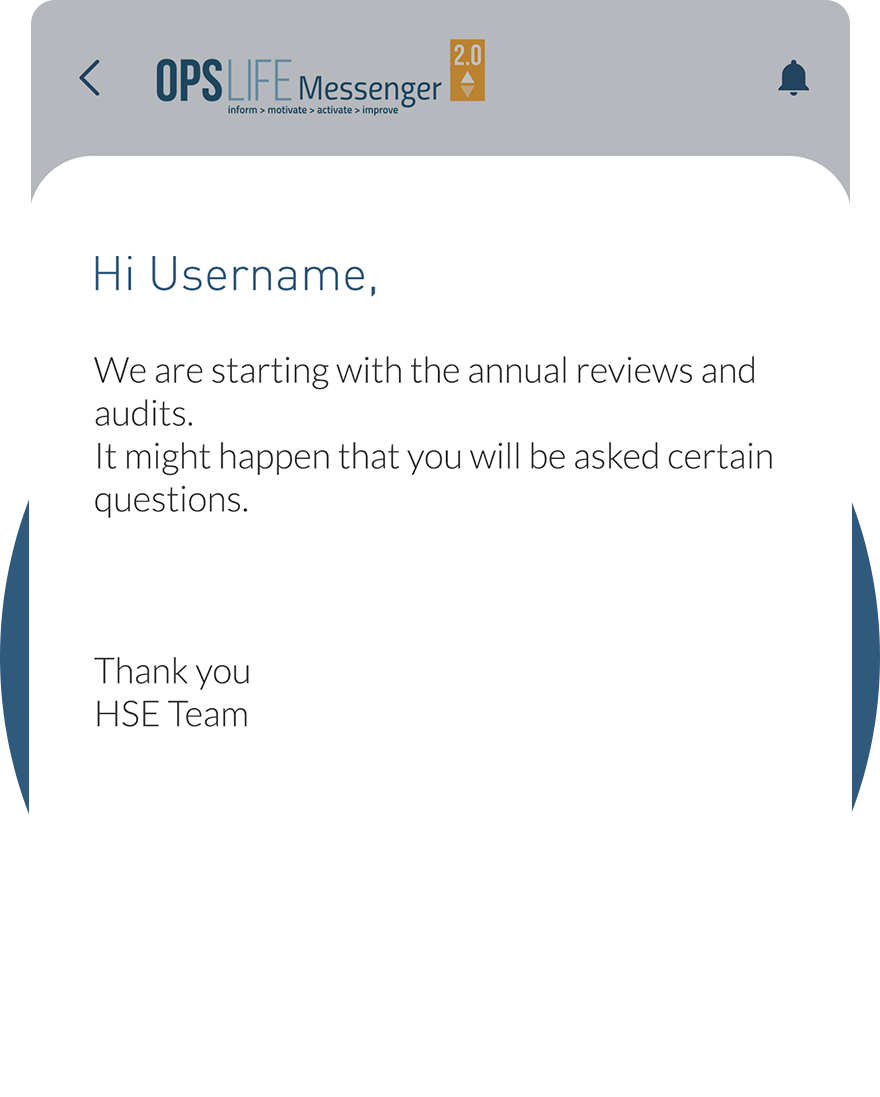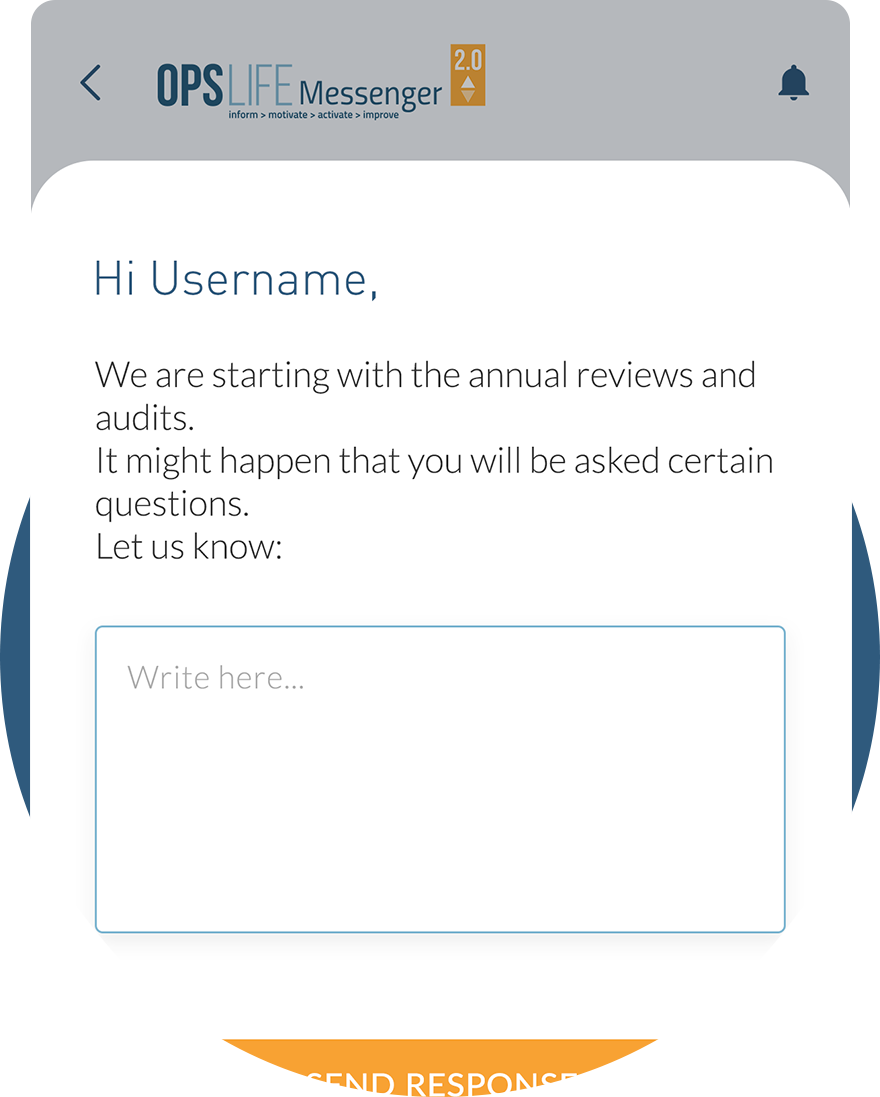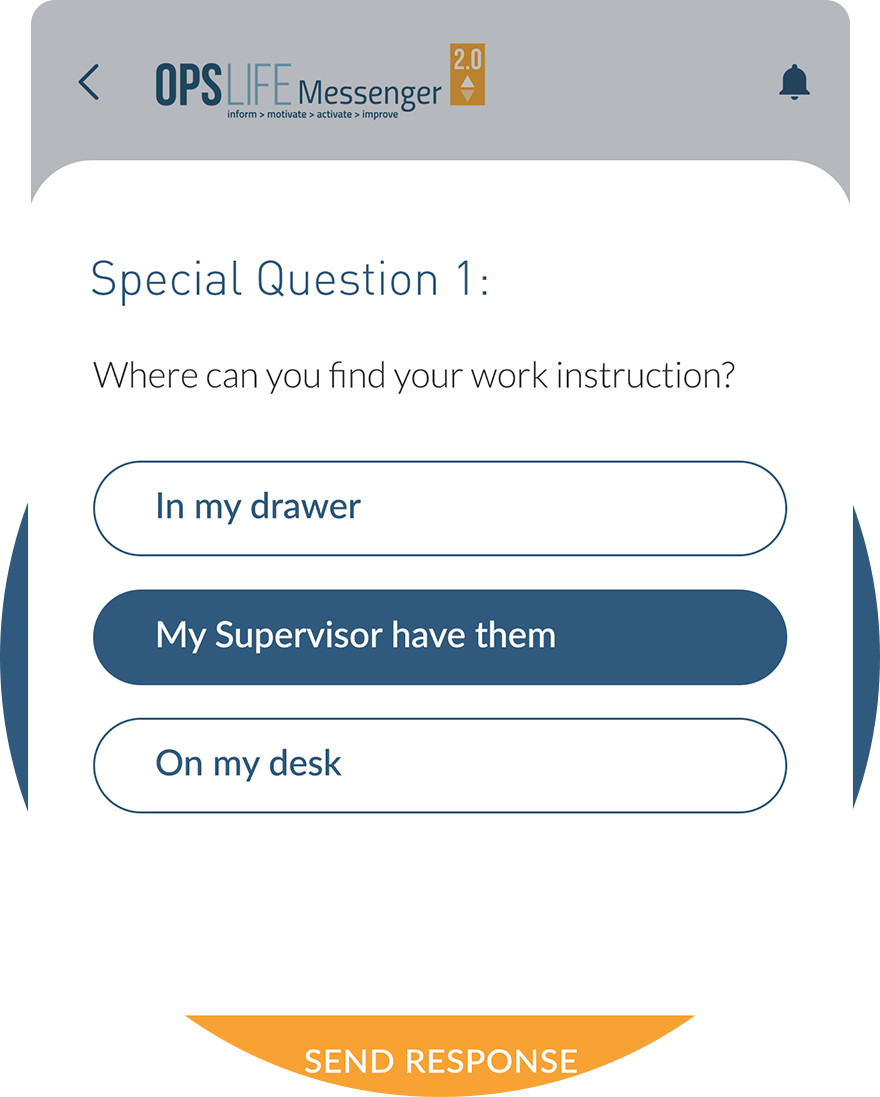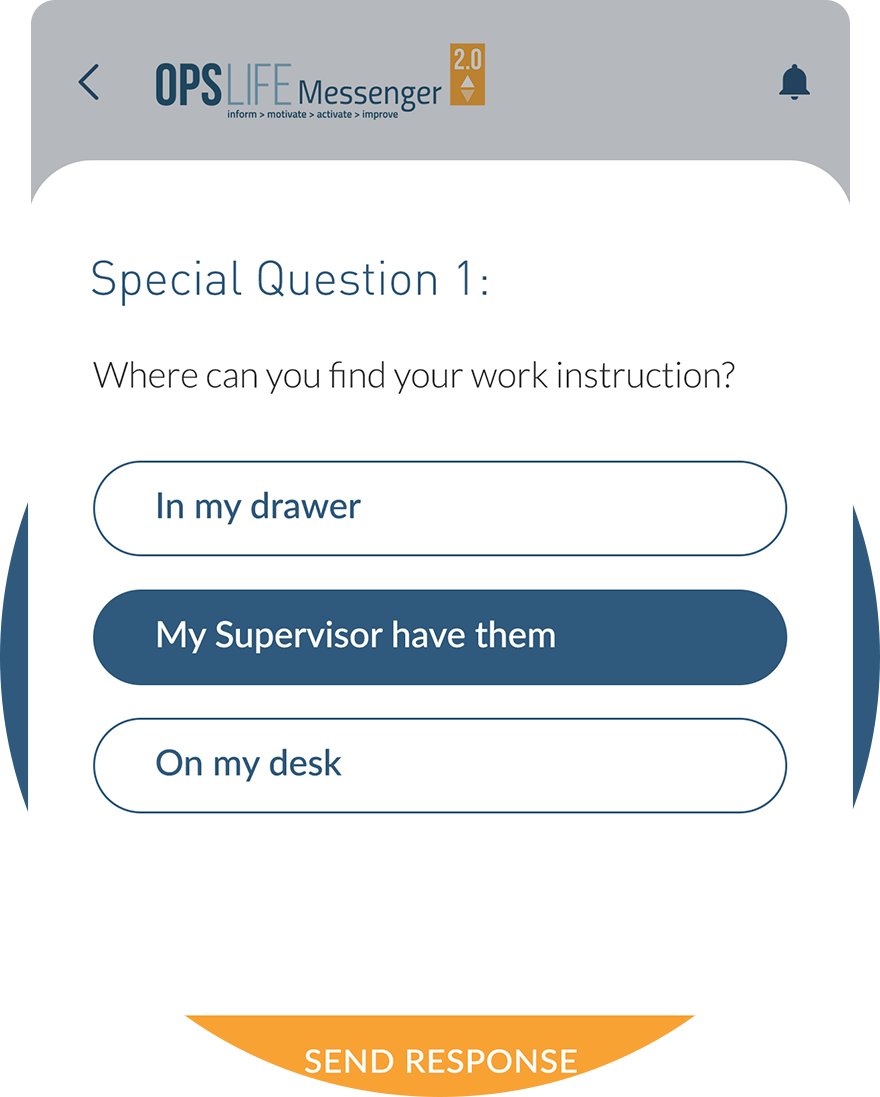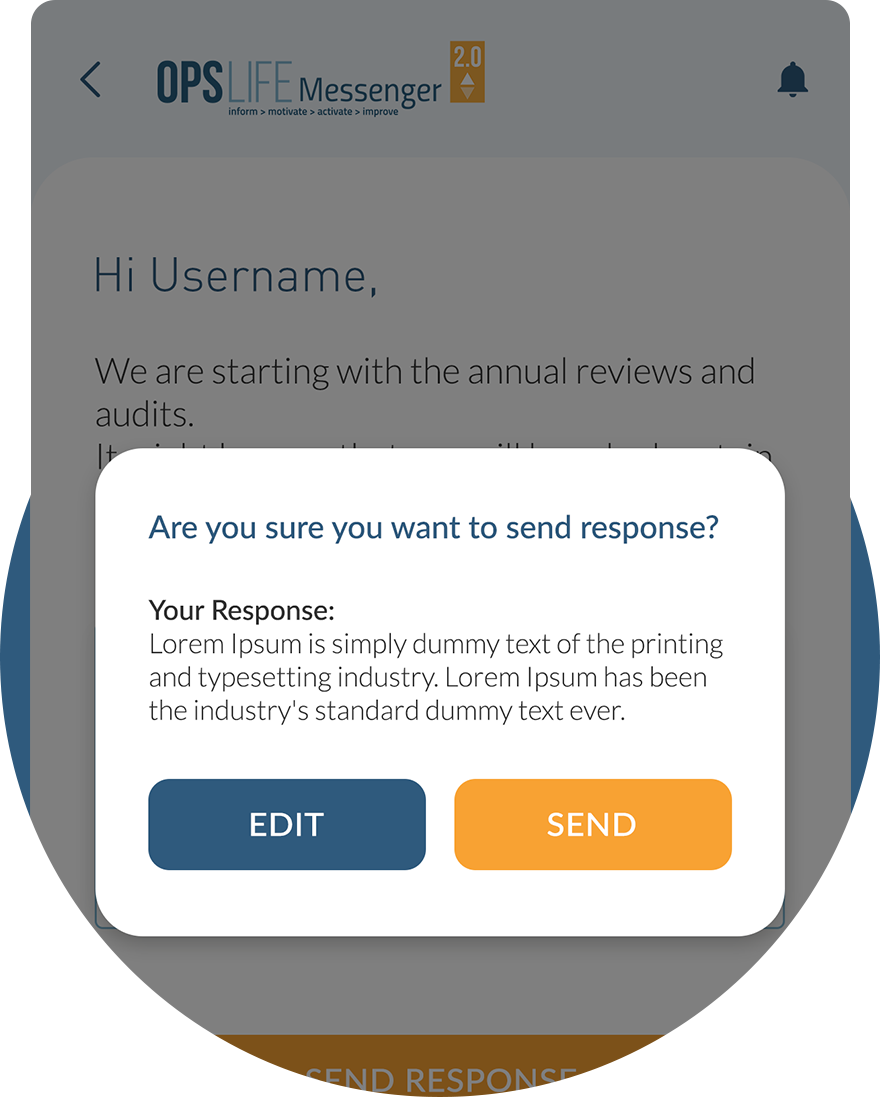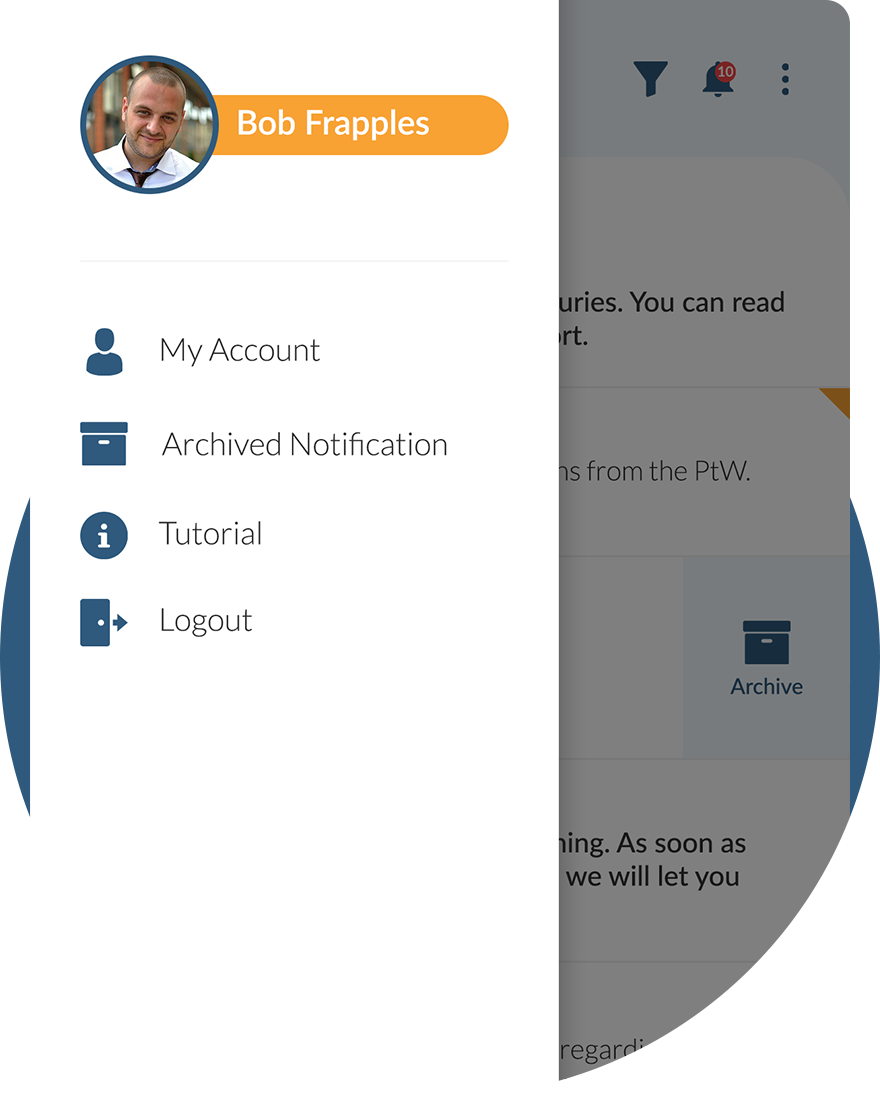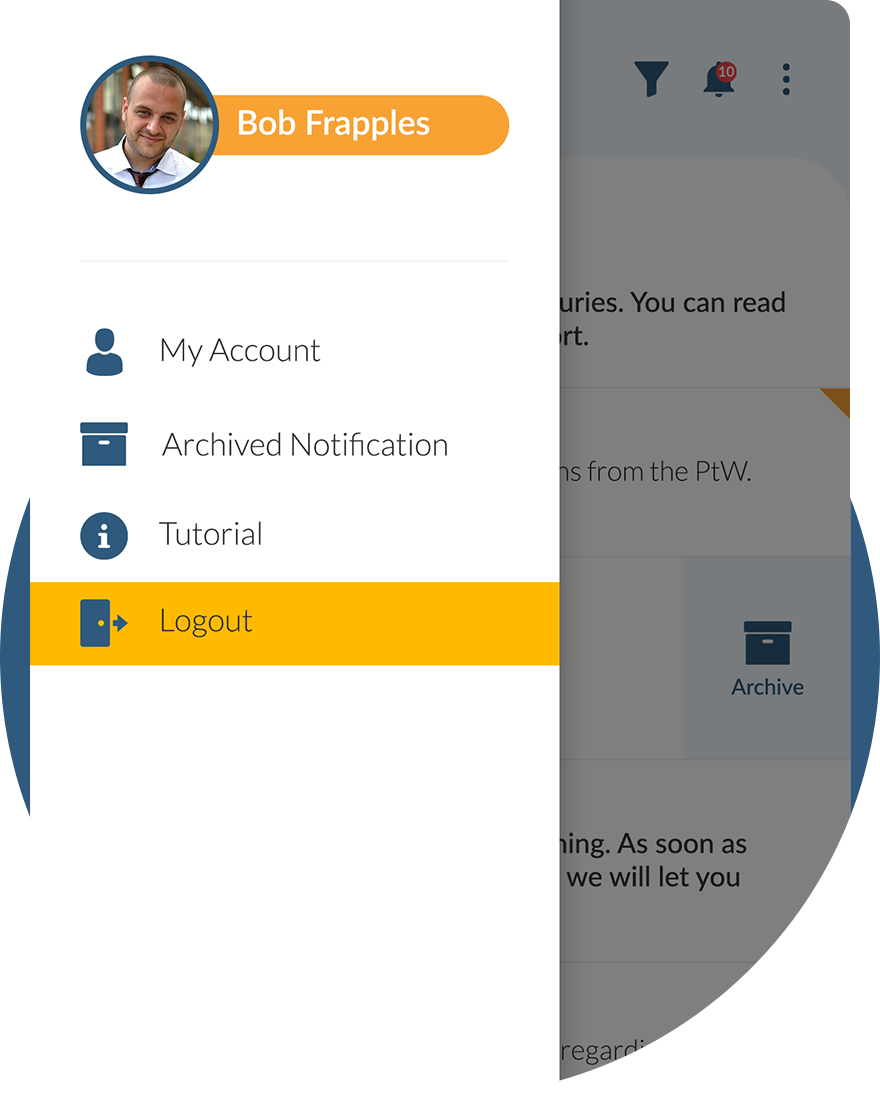Basic HSE information about Natural Gas Condensate and set of tools to be used at work.
Natural Gas Condensate
- Workplace Information
- Toolbox Information
- Check Your Knowledge
- Action Focus Campaign
IMPORTANT INFORMATION
In small concentrations, Natural gas condensate vapor has a narcotic effect. So immediately leave the workplace if the gas alarm sounds.
- A statement should be present at your workplace to ensure that it is free of gas and pressure, ask your company about this.
- Work downwind and ensure the workplace is properly ventilated.
- Avoid open flames or sparks.
- Take off your PPE during your lunch break.
- Use the correct PPE, ask your company for further details about this.
WHAT IS IT?
Natural gas condensate is a by-product of gas extraction and gas production. It contains Benzene, H2S and Mercury, amongst other substances. It is a highly flammable liquid and vapor, explosive, toxic and can cause cancer. So it is harmful to both health and the environment.
HAZARDS
Natural gas condensate vapor has an anaesthetizing and asphyxiating effect from a certain concentration. This may result in confusion and the inability to make the right decisions and eventually loss of consciousness and death. Ask your company about the Lowest Explosive Limit (LEL). Maximum caution and care is required!
Inhalation of vapors: drowsiness, dizziness, stupor, severely irritating, cancer, death
Skin contact: irritation, permanent injury
Eye contact: severely irritation, permanent injury
Swallowing: severely irritation, permanent injury
PREVENTION
- do not to eat or drink anywhere during work
- work downwind/li>
- avoid open flames or sparks
- ensure adequate ventilation
- use the correct equipment, ask your company for further information about this
- ask your company if the presence of a fire watch and/or manhole guard is required
A statement should be present at your workplace to ensure that it is free of gas, liquid and pressure. Ask your company about this.
Before and during work, the presence and concentration of relevant dangerous substances and the percentage of Lower Explosion Limit should be measured and monitored. Ask your company about the regulations and their specific requirements.
PROTECTION
Use the correct Personal Protection Equipment (PPE). Use them in the correct manner and keep them in good condition. Ask your company about this.
IN CASE OF...
INHALATION OF VAPOURS
- immediately seek fresh air, resuscitate if necessary
SKIN CONTACT
- take off contaminated clothing and wash the skin with plenty of water and soap
EYE CONTACT
- rinse out with plenty of water or with eye fluid, remove contact lenses if applicable
SWALLOWING
- rinse mouth out with water or have it rinsed out, DO NOT induce vomiting
SEVERE EXPOSURE
- immediately notify the person responsible for first aid in your company!
SPILLS
- report all spills directly to your HSE Manager; never touch a spill and never attempt to rectify the spill without the appropriate authorization
FIRE OR EXPLOSION
- raise alarm
- report the incident to your HSE Manager
- go to the muster point and await further instructions
Ask your company beforehand for details of their particular policies and procedures.
Start your daily work with safety!
Onscreen presentation is very useful to use during work preparation or toolbox meetings. It provides short and concrete information. Five questions and answers at the end of presentation can be used to make the meeting more interactive and to give conversation a boost.
Be always prepared for the work!
It is of utmost importance to be well prepared before you start the work.
By clicking on the button below you can check your knowledge about this HSEQ subject.
After completion of the knowledge check, your certificate will be visible in
MY ACCOUNT > My training.
